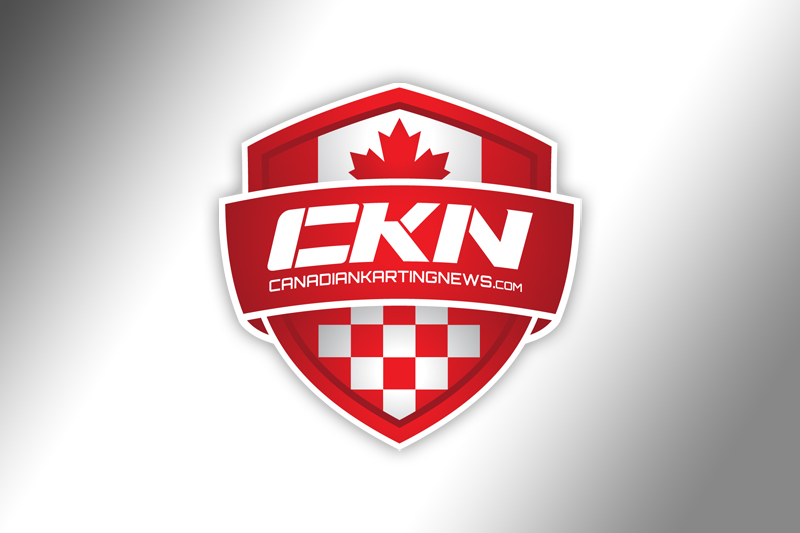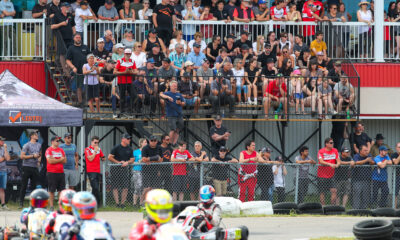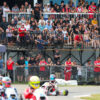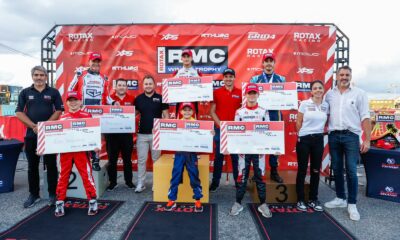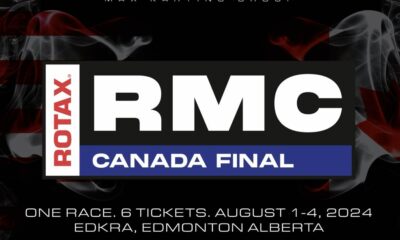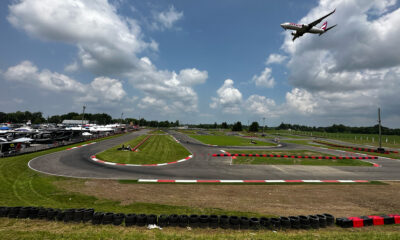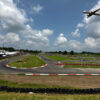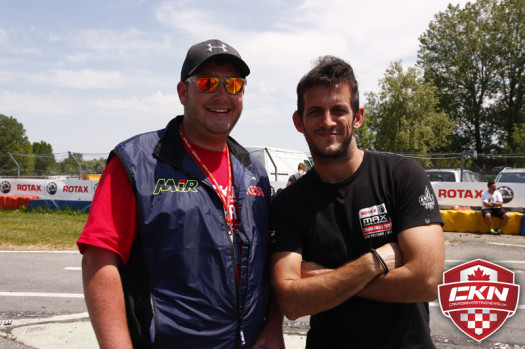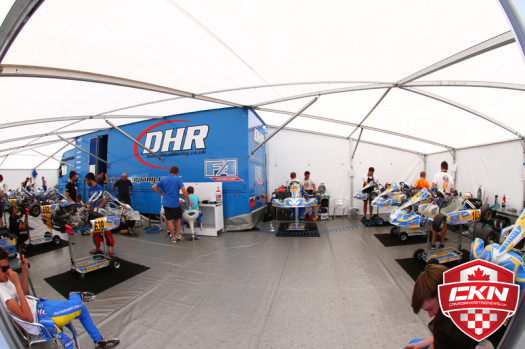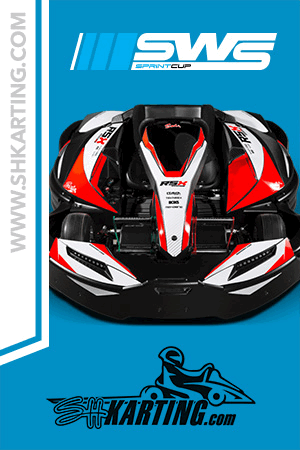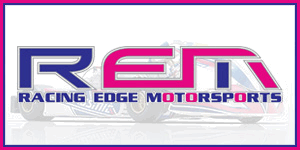CKN Exclusive
A Statement to the CKN Nation: It’s time for North America to take a page out of the Rotax Euro Challenge notebook
“So how was your first trip to the Euro Challenge?”
While I didn’t know many people in the paddock at this past weekend’s Rotax Euro Challenge event in Casteletto, Italy, those I have met over the years from Europe all seemed to ask me the same question. They were all very curious to know what I thought of the event, the format, the organization and the racing; all things they felt really proud about being a part of. They in no way looked to belittle the racing and events we have in North America, but they were rightfully proud. And every single time I was asked how my trip was, I honestly answered the same: Amazing!
My only other international karting event experiences across the Atlantic Ocean have come in the form of the Rotax Max Challenge Grand Finals, twice taking me to Europe. But those two events cannot compare to the level the Rotax Euro Challenge performs on. On track racing aside, there was just something about the event that had me curious for more each day I arrived at the 7 Laghi Kart Circuit in northern Italy. There was a feeling in the paddock that was rare for me. There were no line-ups anywhere (other than the restaurant at lunch). There was organization and structure that I’ve never seen. There was a complete facility with more than just a racetrack and there was positivity every day of the race weekend. Oh, and there wasn’t much for paddock rules: no quiet pit, scooters and bikes all allowed, and no cars in the paddock as there was a separate, supervised parking lot.
Now, I’m not intentionally throwing our events under the bus, but besides the actual karts and Rotax engines, there really isn’t much that compares. So I’m going to just touch base on a few areas that I believe we can learn from and actually utilize here in North America.
| Photo Gallery 1 | Photo Gallery 2 | Photo Gallery 3 |
1. Online and Pre-Registration
The registration for the event was completely done online and cut off three weeks before the event. Everything was completed online, including payment, driver info, mechanic etc. All this was done so that when you arrive at the event, the driver picks up a complete package, in exchange for their national license, and in a matter of a minute or two their registration is complete. Pit passes, vouchers, waivers, schedules, hard cards, etc, all included in this package and prepared before the event. Want to enter after the cut off date? No problem, you just have to pay a significant late fee.
2. Schedule, that’s on schedule!
This comes in part with the pre-registration and knowing how many competitors will be in attendance, but having a schedule and actually sticking to it was very eye opening for me. For two practice days, there were eight 1-hour rotations. Each class was split into two groups and sessions ran at ten-minute intervals. Say you were Rotax Junior Group B, your sessions were 9:10, 10:10, 11:10… all day long. For each mechanic I spoke with, knowing that the clock was always right and there was no need to check who was currently on track or to have to listen to someone scream on the loud speaker to tell you who’s on grid meant the atmosphere was much more relaxed and everyone was prepared.
The weekend schedule was much of the same. Simply laid out, with generous amounts of time in-between sessions. If an issue on track occurred, it usually only held the session up by a few minutes and odds were the next session still rolled out on time.
3. The paddock and efficiency
It has to be mentioned that the Europeans have no interest in wasted space. Most teams operate out of a Sprinter Van, or a cargo van with their tent wrapped all the way around. Full of karts underneath, there is little room to move, but mechanics and crew make due. For the 160 or so drivers entered in the event, the amount of paddock space used was comparable to using only the paved lower section of Goodwood Kartways. Nobody’s walk to Parc Ferme was more than a minute or two.
The other thing to mention is how these trucks and small trailers are packed. When the race day was complete on Sunday, most teams were already torn down and ready to roll out. I couldn’t believe my eyes when I looked in the back of these trucks and saw that everything fit inside, organized with every square foot of space used. It has me questioning the need for massive trucks and trailers in our paddocks, when space is at a premium at most facilities we attend.
4. Finally, officiating, heat races and Parc Ferme
I know it’s a touchy subject but I have to say a few things. First and foremost, the RGMMC utilized a penalty screen, where following each race the list of drivers who they needed to speak to would appear on a screen outside of scrutineering. If a driver was called upon, they would be given the opportunity to review the video from the race and explain themselves before a penalty was given. Following a short discussion, any penalty would be printed and posted on the results board, along with being on screen for everyone to see. To me this was very important in ensuring that everyone in the paddock knew if a penalty was assessed and, if so, what it was for, eliminating gossip and rumours.
The officiating was also very stiff and to me it appeared that nothing could influence them, something that is becoming an issue in North America.
I have to commend the RGMMC. They were very prepared, professional and put on a great event. They had more than enough officials and agents around the facility to cover their bases, and were always willing to help and answer questions. The tech officials could also be seen in the paddock before the event started to let mechanics and drivers know if they were doing something wrong, or something on their karts needed to be addressed, ensuring it could be fixed before the official sessions began.
I also want to address the format of heat racing as opposed to having separate race days. I know for the Canadian Championships we utilize the heat race format, but in every other major series/event we do not. One thing I will note that our Canadian drivers emphasized was how intense the racing was and that there was no comparison to the racing at home. Personally, I believe we could benefit from a switch to the heat racing format to help give our drivers more racing experience and wheel-to-wheel action, along with them learning to preserve tires and equipment.
Finally, Parc Ferme. For those who are not familiar, once qualifying begins, race tires and fuel are kept by the series and you install them before each of your sessions and remove them upon leaving the scales. On the heels of ASN’s fuel and oil additives statement, I really believe this is something that is needed in Canada, possibly as early as the Canadian Championships if not before. It eliminates uncertainty and keeps everyone on a level playing field.
In closing, I just want to say that our Canadian drivers impressed me all weekend long and were definitely noticed by the European teams and drivers. Zachary Claman DeMelo has come such a long way in his development and he has the Euro Challenge to thank. He admits he was beat up at the beginning, but his experience is paying off now, to the point he should have been on the podium on Sunday. Gianfranco Mazzaferro was very fast in an extremely close Rotax Junior field, but his lack of European race craft showed, preventing him from advancing to the main events. Alessandro Bizzotto has come so far in the past 12 months, and for it being his first European race, he improved every session and very well would have been in the Main had he not been flipped on Saturday. And Ben Cooper continues to show why he is one of the best on the planet right now on track, and continues to share this knowledge off track through his KMS North America race team.
I think drivers can really benefit from the experience of competing in Rotax Euro Challenge, and perhaps we need to be sending drivers there with Award Packages and prizes, as much if not more than are being sent to the Rotax Max Challenge Grand Finals. The competition is the true top in Rotax racing.
That is all for now. See you soon trackside as the CKN Summer Tour rolls on!
– Cody



